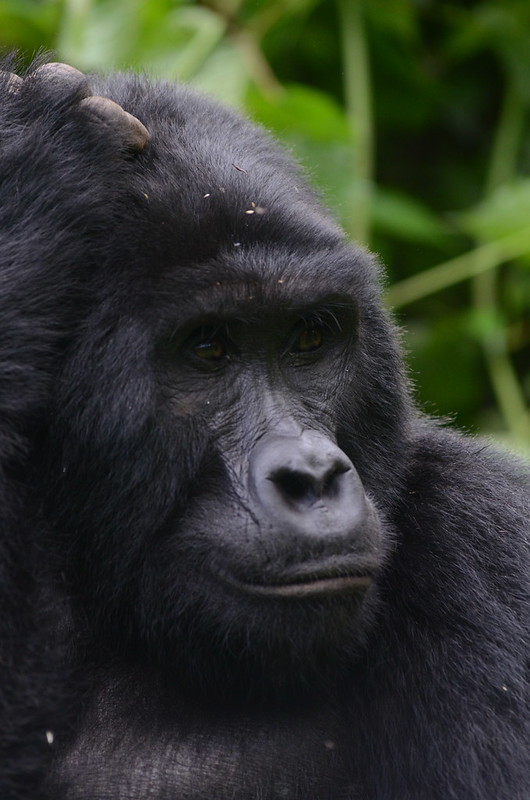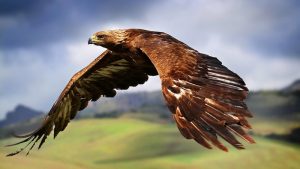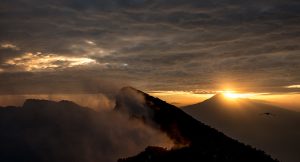What to Expect on a Gorilla Trek in Rwanda
Overview
What to Expect on a Gorilla Trek in Rwanda? Gorilla trekking in Rwanda is a life-changing experience that offers travelers the chance to see one of the world’s most endangered animals up close in their natural habitat. Rwanda’s Volcanoes National Park is home to the mountain gorillas, and trekking through its mist-covered forests to find these gentle giants is an adventure unlike any other. In this blog, we’ll guide you through what to expect on a gorilla trek in Rwanda, from preparation to the unforgettable moment you meet the gorillas.
1. Preparing for the Trek
Before embarking on a gorilla trek, it’s essential to be prepared both physically and mentally. While gorilla trekking doesn’t require exceptional fitness, it can be physically demanding due to the challenging terrain. You’ll be hiking through dense rainforests, often at high altitudes, for anywhere from 1 to 6 hours, depending on where the gorillas are located that day.
Packing the right gear is crucial for a comfortable trek. Sturdy hiking boots with good ankle support are a must, as are lightweight, long-sleeved shirts and trousers to protect against insects and thorny plants. A rain jacket is essential, as weather in the mountains can be unpredictable, even during the dry season. Don’t forget sunscreen, insect repellent, and plenty of water.
2. The Trekking Experience
Your day starts early at the Volcanoes National Park headquarters, where you’ll meet your guide and fellow trekkers. Before setting off, you’ll be assigned a specific gorilla family to track. There are about 12 habituated gorilla families in the park, meaning they are used to human presence and allow visitors to observe them up close.
The trek itself is an adventure through the stunning landscapes of Volcanoes National Park. Your guide, along with a team of trackers, will lead you through bamboo forests, open meadows, and dense undergrowth in search of the gorillas. The trek can vary in length, depending on where the gorillas are located, but your guides are experts at finding them.
3. The Moment You Meet the Gorillas
After hours of trekking, the moment you’ve been waiting for arrives: you spot the gorillas. The first sighting is often emotional, as these massive, yet gentle creatures gaze at you with curiosity or continue their daily activities as though you’re not even there. You’ll have the chance to spend up to one hour with the gorilla family, observing their interactions, behaviors, and social structures.
You might witness a silverback displaying his dominance, a mother cradling her baby, or young gorillas playfully wrestling with each other. Watching these intelligent animals in their natural environment offers a profound connection to the wild, and many describe the experience as humbling and life-affirming.
4. Supporting Conservation Through Tourism
Gorilla trekking permits in Rwanda come at a premium cost ($1,500 per person), but the funds are vital for the conservation of mountain gorillas and their habitat. A portion of the permit fees goes directly toward protecting the gorillas and supporting local communities through initiatives like anti-poaching patrols, habitat restoration, and community education programs.
Rwanda’s conservation efforts have been incredibly successful. Thanks to the strict regulation of tourism and conservation efforts, mountain gorilla populations have steadily increased over the past few decades, from 250 in the 1980s to over 1,000 today.
5. Responsible Gorilla Trekking: Tips for Visitors
When visiting the gorillas, it’s crucial to follow guidelines that help protect both the animals and the habitat. Maintain a distance of at least 7 meters from the gorillas to minimize the risk of transmitting diseases. Gorillas share 98% of their DNA with humans, making them susceptible to human illnesses.
Avoid eating or drinking in front of the gorillas, and never attempt to touch them. Your guide will provide all the necessary instructions to ensure the safety of both you and the gorillas. By respecting these rules, you contribute to the ongoing conservation efforts in Volcanoes National Park.
6. Best Time for Gorilla Trekking
The best time for gorilla trekking in Rwanda is during the dry seasons, from June to September and December to February. During these months, the weather is more predictable, and the trails are less muddy, making trekking easier. However, Rwanda’s climate is generally mild, and gorilla trekking can be done year-round.
Conclusion
A gorilla trek in Rwanda is an unparalleled wildlife experience that offers a rare glimpse into the world of one of humanity’s closest relatives. From the thrill of the trek to the emotional connection you feel when you first encounter the gorillas, this experience is one of the most profound encounters with nature. Not only will it leave you with unforgettable memories, but your visit will also support the conservation of these endangered creatures for generations to come.




